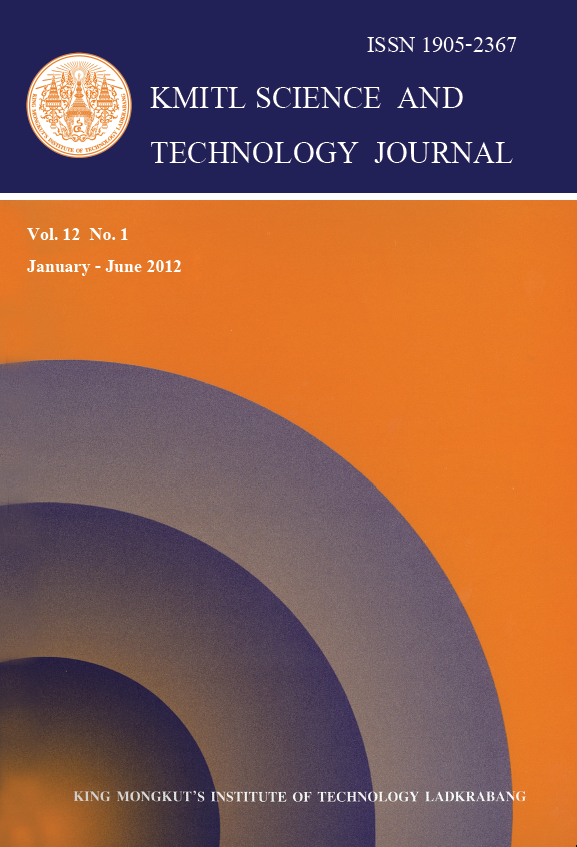On the Application of Uncertainty Models in Copying Machine Maintenance Problem
Main Article Content
Abstract
The maintenance system is necessary to maintain an efficient production system and reduce the possibility of work being suspended due to breakdown of machines. For every manufacturing company the objective is to produce goods at a profit and this is only achieved by using an effective maintenance system. Maintenance is required for all types of machinery. The copying machine is one of the most important inventions of the 20th century. In this paper, we concern with the maintenance of copying machines. For this purpose, we introduce a multiobjective nonlinear programming model with uncertainty. Data in many real life engineering and economical problems suffer from inexactness. Uncertainty always exists in practical engineering problems. In order to deal with the uncertain optimization problems, fuzzy and stochastic approaches are commonly used to describe the imprecise characteristics. We will treat the problem of concern with three different approaches of uncertainty and compare among them. These approaches are fuzzy programming approach, interval number programming approach and stochastic programming approach. We introduce a numerical example to clarify the proposed method.
Keywords: Maintenance, Copying machine, Multiobjective nonlinear programming, Fuzzy programming, Stochastic programming, Interval number programming.
E-mail: marwa_shehata2003@yahoo.com
Article Details
Copyright Transfer Statement
The copyright of this article is transferred to Current Applied Science and Technology journal with effect if and when the article is accepted for publication. The copyright transfer covers the exclusive right to reproduce and distribute the article, including reprints, translations, photographic reproductions, electronic form (offline, online) or any other reproductions of similar nature.
The author warrants that this contribution is original and that he/she has full power to make this grant. The author signs for and accepts responsibility for releasing this material on behalf of any and all co-authors.
Here is the link for download: Copyright transfer form.pdf
References
[2] Avriel, M. and Golany, B. 1996. Mathematical programming for industrial engineers.Marcel Dekker, New York.
[3] Yazenin, A. 1996. On the problem of possibilistic optimization, Fuzzy Sets and Systems,81(1), 133-140.
[4] Jiang, C., Han, X., Liu, G.R. and Liu, G.P. 2008. A nonlinear interval number programming method for uncertain optimization problems. European Journal of Operational Research,188(1), pp 1-13.
[5] Zadeh, L. 1965. Fuzzy sets. Information and Control, 8(3), 338-353.
[6] Tanaka, H., Guo, P. and Zimmermann, H. 2000. Possibility distributions of fuzzy decision variables obtained from possibilistic linear programming problems, Fuzzy Sets and Systems,113(2), 323-332.
[7] Hu, Y., 1990. Applied multiobjective optimization. Shanghai (China): Shanghai Science and Technology Press.
[8] Sakawa, M., Kato, K. and Nishizaki, I. 2003, An interactive fuzzy satisficing method for multiobjective stochastic linear programming problems through an expectation model.European Journal of Operational Research, 145(3), 665-672.
[9] Charnes, A. and Coopper, W. 1959. Chance Constrained Programming, Management Science, 6(1), 73-79.
[10] Dubois, D. and Prade, H. 1980. Fuzzy Sets and Systems: Theory and Applications, Academic Press, New York.
[11] Sakawa, M. and Yano, H. 1991. feasibility and Pareto Optimality for Multiobjective Nonlinear Programming Problems with Fuzzy Parameters. Fuzzy Sets and Systems, 43(1), 1-15.
[12] Zhang et al. 1999. A ranking approach for interval numbers in uncertain multiple attribute decision making problems, System Engineering-Theory & Practice 5, 129-133.


